- Training – take courses and follow up with mentoring
- Equipment – buy relevant hardware and software
- Networking – join an editing society, set up social media accounts, attend conferences
- Brand awareness – choose a business name, develop a brand identity, create appropriate visuals etc.
- Launch – register business, inform tax authorities, set up bank account, take out relevant insurance policies
- Visibility – create website, business cards, leaflets; advertise in directories; buy a custom domain name and email address
- Pricing – create a fee matrix for different client types
- Templates – design letterhead, invoices, email signature, postage labels, reports, etc.
- Schedule – create work schedule to track jobs, payments, time, etc.
- Business resources – create business-critical resources such as terms and conditions, process documents, contract of services
- Client acquisition – approach potential clients and pitch for work
- Learning centre – develop additional resources that solve clients’ problems
|
In this episode of The Editing Podcast, Louise Harnby and Denise Cowle talk about why audio is such a great medium for editors who want to build brand trust and grow their businesses
Listen to find out more about
Dig into these related resources
Music Credit ‘Vivacity’ Kevin MacLeod (incompetech.com). Licensed under Creative Commons: By Attribution 3.0 License. http://creativecommons.org/licenses/by/3.0/
Louise Harnby is a line editor, copyeditor and proofreader who specializes in working with crime, mystery, suspense and thriller writers.
She is an Advanced Professional Member of the Chartered Institute of Editing and Proofreading (CIEP), a member of ACES, a Partner Member of The Alliance of Independent Authors (ALLi), and co-hosts The Editing Podcast. Visit her business website at Louise Harnby | Fiction Editor & Proofreader, say hello on Twitter at @LouiseHarnby, connect via Facebook and LinkedIn, and check out her books and courses.
0 Comments
Is your editing or proofreading business new? Here are two mindset tips that will help you frame every action you take in terms of multiple goals, and stay positive while you’re waiting for the fruits of your labour to ripen.
Linear vs holistic thinking: Beyond the to-do list
I love a list! Recording the stuff I need to do helps me organize my thoughts. It also steers me away from procrastination and towards action. What follows is therefore by no means a call for the abandonment of the to-do list. New starters and old hands alike can benefit from a list of actionable points. Caution is required though. The to-do list does have the potential to encourage linear thinking, and this can be a hindrance when it comes to the business of editing and proofreading. Linear thinking can lead us down a road of focusing too heavily on one part of our business in the belief that if we get X just right, everything else will fall into place, or that X is more important than Y and therefore must be completed in full before Y is considered. Holistic thinking, however, recognizes that X impacts on Y, which impacts on Z, and that – together – X, Y and Z drive success. Let’s look at what this means for our business practices.
A simplified example
Shami is in the process of setting up an editing business. She’s completed a comprehensive training course followed by mentoring. She’s confident in her skills and believes she’s fit for purpose. And she is – from a technical point of view. However, there’s a potential problem. She’s been so focused on her training that she’s not spent any time considering how she’ll make herself visible to paying clients. Training was at the top of her list – and while this is certainly no bad thing to be at the top of any freelance business owner’s list, focusing on it alone won’t bring in paying work. Shami's business to-do list Shami’s to-do list looks like this:
Shami could do one thing at a time, and tick all those jobs off as she goes. But might she benefit from looking at her editing business in a different way?
An alternative view: The business wheel What if, instead, Shami visualized her business as a wheel rather than a list?
The list and the wheel address the same issues, but the wheel helps Shami to visualize her business holistically; it shows her the interconnectedness of the various elements.
Let’s consider her training in relation to other aspects of business development.
Training and visibility
Training and the learning centre
Training and client acquisition
Training and membership upgrades
Training and credibility
Training and network-building
Other ways to use the business-wheel mindset I could go on, but you get the point. Training isn’t something you do before marketing. Rather, it’s connected to marketing. They are but two spokes on a wheel, and they link the hub (the business) to the rim (clients and colleagues). Training gives substance to the marketing message. Marketing generates visibility and, therefore, new clients. New clients become regular clients because of the standards embedded by training. And up and down the spokes and round the rim we go. We might carry out a similar exercise when considering the links between pricing, an accounting schedule and stationery; or resource creation and business promotion; or brand awareness, accounting and stationery.
Taking the long view
Developing a successful editing business doesn’t happen overnight. No matter how good our skills, how creative our marketing, how professional our practice, it takes time.
And, even then, we can’t sit on our heels because our industry, broad as it is, is always changing.
Moving from entitlement to investment This means that, as business owners, we need to be keeping our ear to the ground so that change is something we embrace, not resent, and something we view as providing opportunity, not marginalization. When we own our own businesses, we don’t have the luxury of spending time on blaming a lack of success on others who are now doing things in ways that don’t suit us. When we own our own businesses, we’re not entitled to be paid X by a publisher whose profit margins are being squeezed its own customers. Nor are we entitled to work on paper because that’s the way we prefer it. For example, most independent authors want us to work in Word or on PDF. Instead, we have to invest in what makes us interesting and discoverable to those we want to work for and who will pay us what we want/need to earn if our businesses are to be profitable. Whether that means acquiring new skills, learning how to use new tools, changing the way we do our tax returns, targeting new client types, replacing old equipment, or testing and evaluating new and innovative marketing activities that increase customer engagement, the responsibility lies with us, and us alone.
Time and hard work are part of the deal
We might not see the fruits of our labour for months. None of us can say how long it will take for an individual’s marketing strategy to put them on pages 1–3 of Google. And that’s okay. It’s normal for it not to happen overnight. None of us can predict whether a favourite publisher client will merge with another press and freeze its freelance rates. None of us can know whether the skill we learned in 2008 will still be relevant in 2025. When I first started proofreading back in 2006, I was working almost exclusively on paper. At the time of writing in 2020, I edit exclusively in Word. What we can be sure of is that there are no shortcuts – building an editorial business takes time, effort, and not a little courage because there will be times when we’re pushed out of our comfort zone. Taking the short view leads to disappointment, frustration and stagnancy:
Embracing that longer timeframe means we’re less likely to feel deflated when our hard work doesn’t give us immediate results. Instead we could do the following:
Summing up If you’re the type of person who’s capable of looking at a list without feeling compelled to move through it only from top to bottom, go for it. List away! However, if you think that your to-do list is leading you into a mode of thinking that ignores the connections between the various aspects of running your business, try redrawing it as a wheel. It may be just the ticket to seeing your editing or proofreading business in a whole new interconnected light – and focusing your energy accordingly. And it's okay to set a realistic time frame for getting your editorial business to where you want it to be. The hard work we put in at the beginning doesn’t necessarily generate immediate results. Taking the long view means we give our efforts space to breathe. [An older version of this article first appeared on An American Editor.]
Louise Harnby is a line editor, copyeditor and proofreader who specializes in working with crime, mystery, suspense and thriller writers.
She is an Advanced Professional Member of the Chartered Institute of Editing and Proofreading (CIEP), a member of ACES, a Partner Member of The Alliance of Independent Authors (ALLi), and co-hosts The Editing Podcast. Visit her business website at Louise Harnby | Fiction Editor & Proofreader, say hello on Twitter at @LouiseHarnby, connect via Facebook and LinkedIn, and check out her books and courses.
Audio content has never been more popular. Publishers recognize this; so do independent authors. Here’s a list of tips and tools for freelance editors and proofreaders who’d like to introduce audio content into their business workflow and amplify their editorial voices – literally!
5 advantages of audio
Here are my top 5 reasons why I think audio is a superb tool for the editor or proofreader who wants to use audio as a marketing and business tool.
2 pieces of kit
Contrary to what a lot of people think, you don't need a lot of expensive and difficult-to-use kit. Assuming you already have a computer, here's what you'll need to get hold of.
3 ways to record
Recording audio content needn't cost you a single penny. Here are three resources you can use. You might even have two of them already.
3 ways to host
Here are three hosting options to consider. There's something for everyone – whether you want to keep your costs down while you experiment or you want to go full on in to audio content creation.
6 ways editors can use audio
One of the reasons why I love audio is that it's versatile. If marketing makes you nervous, think of how you might use your voice as a business or educational tool. Below are six things you could try.
5 ways to make audio interesting
Here are five ideas to help you add a cherry on your audio cake! None of them will cost you a bean!
Listen up! Audio content is now showing up in search engines. Editors and proofreaders who use it to solve problems and engage with clients and colleagues will increase awareness about themselves and the profession they love.
Fancy learning how to do this step by step? Me and my brilliant podcasting partner Denise Cowle are creating a course that will show you the way. It’s called The Audible Editor. Watch this space! [An earlier version of this post was originally published on The Editors’ Weekly, the official blog of Canada’s national editorial association.] Related marketing and audio resources
Louise Harnby is a line editor, copyeditor and proofreader who specializes in working with crime, mystery, suspense and thriller writers.
She is an Advanced Professional Member of the Chartered Institute of Editing and Proofreading (CIEP), a member of ACES, a Partner Member of The Alliance of Independent Authors (ALLi), and co-hosts The Editing Podcast. Visit her business website at Louise Harnby | Fiction Editor & Proofreader, say hello on Twitter at @LouiseHarnby, connect via Facebook and LinkedIn, and check out her books and courses.
Good news! It is perfectly okay to start a sentence with ‘And’ or ‘But’ in fiction writing. Doing so can enrich narration and dialogue, and inflect the prose with voice, mood and intention. The key is to make sure those conjunctions are being used purposefully and logically. This post shows you how.
What the style guides say
Here's what two industry-recognized style guides have to say on the matter. New Hart’s Rules (Oxford University Press): ‘You might have been taught that it’s not good English to start a sentence with a conjunction such as and or but. It’s not grammatically incorrect to do so, however, and many respected writers use conjunctions at the start of a sentence to create a dramatic or forceful effect.’ Chicago Manual of Style Online, 5.203 (Chicago University Press): ‘There is a widespread belief—one with no historical or grammatical foundation—that it is an error to begin a sentence with a conjunction such as and, but, or so. In fact, a substantial percentage (often as many as 10 percent) of the sentences in first-rate writing begin with conjunctions. It has been so for centuries, and even the most conservative grammarians have followed this practice.' 6 good reasons to start a sentence with ‘And’ or ‘But’ Great! We have the go-ahead from a couple of big hitters to use our two conjunctions at the beginning of a sentence. Now let’s dig a little deeper into why doing so can make fiction more effective. Here are my top six reasons:
Serving natural speech When we speak in real life, conjunctions are often the first things out of our mouths. So it should be in novels that want to render speech authentically. Fictional dialogue doesn’t replicate real-life speech completely – that would mean including a lot of boring stuff that one might hear at the bus stop. Rather, it’s a sort of hybrid that has the essence of reality but with the mundanity judiciously removed. It might sound like a cheat but readers thank authors who don’t bore them! Small nudges towards reality help with the authenticity goal, which is where our conjunctions come in handy. Here are a few examples for you:
Shortening narrative distance Dialogue gives us the character’s speech; narrative gives us the character’s experience. When that’s a first-person narrative, it’s easy to feel close to the narrator. With a third-person narration, the reader can feel separated from the character, as if they’re on the outside looking in. Authors who want to reduce that space between the reader and the character – called narrative distance or psychic distance – can experiment with a narration style that sounds like natural speech even though it’s not dialogue. Here’s a lovely example from Blake Crouch’s Recursion (p. 182).
Notice how the narration style is third person, though it doesn’t feel like it. Instead, we’re right inside the viewpoint character’s head. The position of the conjunction in this example isn’t the sole reason why the narrative distance feels short – the free indirect speech above and beneath plays a huge part – but it certainly helps to give us a sense of the character’s mentally working out a problem. Introducing tension and suspense Take a look at this excerpt from p. 21 of The Matlock Paper by Robert Ludlum.
With that one word – the conjunction – Ludlum stops us in our tracks. Yes, we’re thinking, the town’s neat, it’s clean. All well and good. But then we realize that there’s more to it, for beneath the pruned trees lies a dark underbelly. The ‘And’, positioned right up front, forces us to pay attention to it. It’s not any old conjunction. Rather, it’s loaded with suspense that drives the reader to ask a question that isn’t explicitly answered: What else is that ‘something’? Adding drama and modifying rhythm In this excerpt from Parting Shot (p. 433), the author uses the conjunction at the beginning of the sentence to inject drama into a scene. The new line makes the rhythm of the prose more staccato, but the ‘And’ at the beginning of the final line is what really packs a punch. The viewpoint character, Cory, is a killer. He ponders almost matter-of-factly who the threats are, and reaches his conclusion as he closes in on the cabin.
If Linwood Barclay had omitted the conjunction, he’d have introduced a separation between two ideas: realizing what needs to be done, and when the killer is going to do it. Yet these two ideas are very much connected. The ‘And’ therefore fulfils its purpose as a conjunction – a joining word. But there’s more. If he’d run the two ideas together with a conjunction between (‘It seemed clear what he had to do, and he'd have to do it fast.’), the line would have lost its wallop. The staccato rhythm (one that mirrors the cold calculation taking place in Cory’s head) is gone. Instead, the prose has flatlined; it seems almost mundane, like a stroll in the park rather than the planning of a murder. However, the ‘And’ reinforces this extra information – the deed must be done fast. The emphasis adds drama to the line. The final line is still connected to the clause it’s related to, but the mood-rich rhythm, and the drama that comes with it, is intact. Emphasizing the unexpected An up-front ‘But’ is perfect for the author who want to emphasize the unexpected, surprise or absurdity. Take a look at this excerpt from Terry Pratchett’s Dodger (p. 170). It’s true that omitting the ‘But’ would leave the meaning intact. However, adding the conjunction reinforces the Dodger’s emotional response to the boy’s suggestion – he’s taken by surprise because in times past, asking a peeler was exactly what he’d have done, without question, without fear. And so that ‘But’ does more than act as a conjunction. With just three letters, we’re shown character mood. Making contrast explicit and suspenseful David Rosenfelt’s New Tricks (p. 92) includes a smashing example how the conjunction at the beginning of the sentence reinforces a contrast with what’s gone before.
That contrast is explicit because the ‘But’ acts as an interrupter. We’re deep in the POV character’s head regarding the murder victim, ruminating with our protagonist. The conjunction then shoves us out of that rumination. It’s not gentle; the ‘But’ is a big one – something’s up with Laurie. Not that we know what. Rosenfelt doesn’t tell us yet. Instead, he makes us ask the question: Why? And with that question, just as with the Ludlum example above, we have suspense. Summing up Feel free to pepper your prose with sentences that begin with ‘And’ and ‘But’. Anyone who tells you you’re on shaky ground grammatically knows less about grammar than you do! It’s likely that the myth around positioning these conjunctions came about in a bid to nudge people away from stringing together clauses and sentences with no thought to creativity. And while such an intention makes sense, we have to recognize that imposing this zombie rule on writing can actually destroy the magic of prose. And on that note, I will sign off! (See what I did there?) More fiction editing guidance
Cited sources
Louise Harnby is a line editor, copyeditor and proofreader who specializes in working with crime, mystery, suspense and thriller writers.
She is an Advanced Professional Member of the Chartered Institute of Editing and Proofreading (CIEP), a member of ACES, a Partner Member of The Alliance of Independent Authors (ALLi), and co-hosts The Editing Podcast. Visit her business website at Louise Harnby | Fiction Editor & Proofreader, say hello on Twitter at @LouiseHarnby, connect via Facebook and LinkedIn, and check out her books and courses. |
BLOG ALERTSIf you'd like me to email you when a new blog post is available, sign up for blog alerts!
TESTIMONIALSDare Rogers'Louise uses her expertise to hone a story until it's razor sharp, while still allowing the author’s voice to remain dominant.'Jeff Carson'I wholeheartedly recommend her services ... Just don’t hire her when I need her.'J B Turner'Sincere thanks for a beautiful and elegant piece of work. First class.'Ayshe Gemedzhy'What makes her stand out and shine is her ability to immerse herself in your story.'Salt Publishing'A million thanks – your mark-up is perfect, as always.'CATEGORIES
All
ARCHIVES
July 2024
|
|
|
|


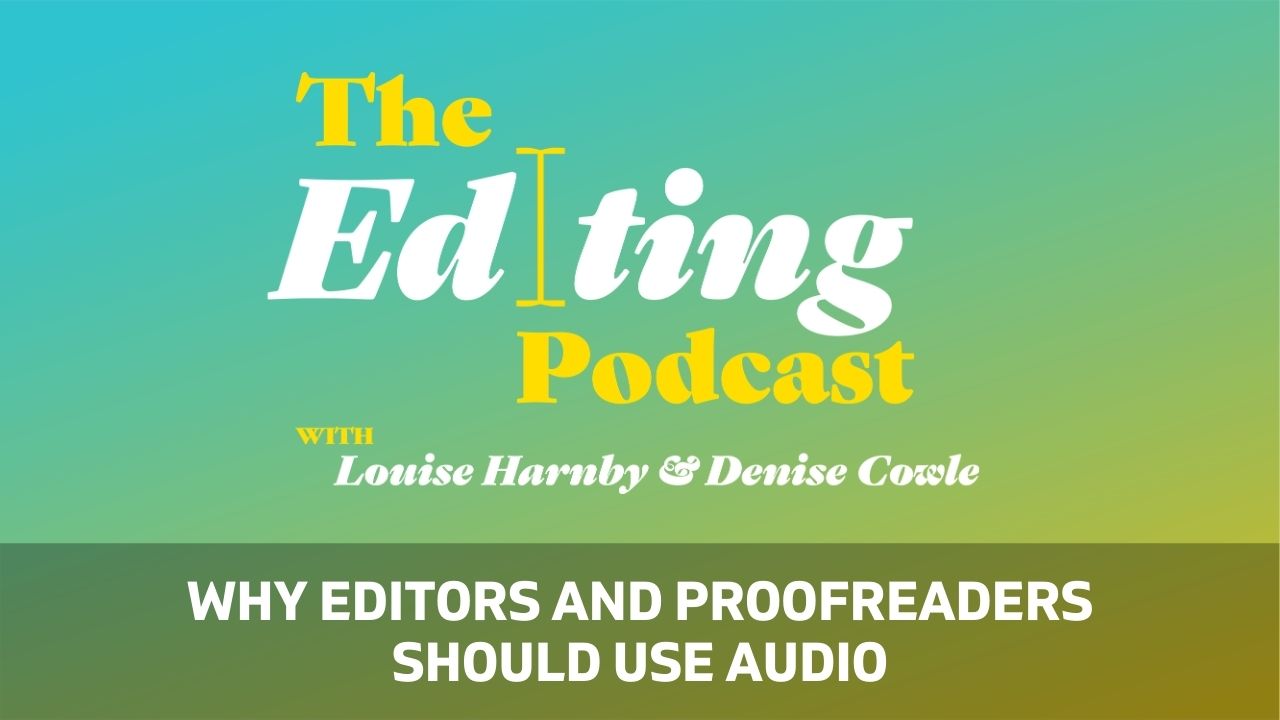
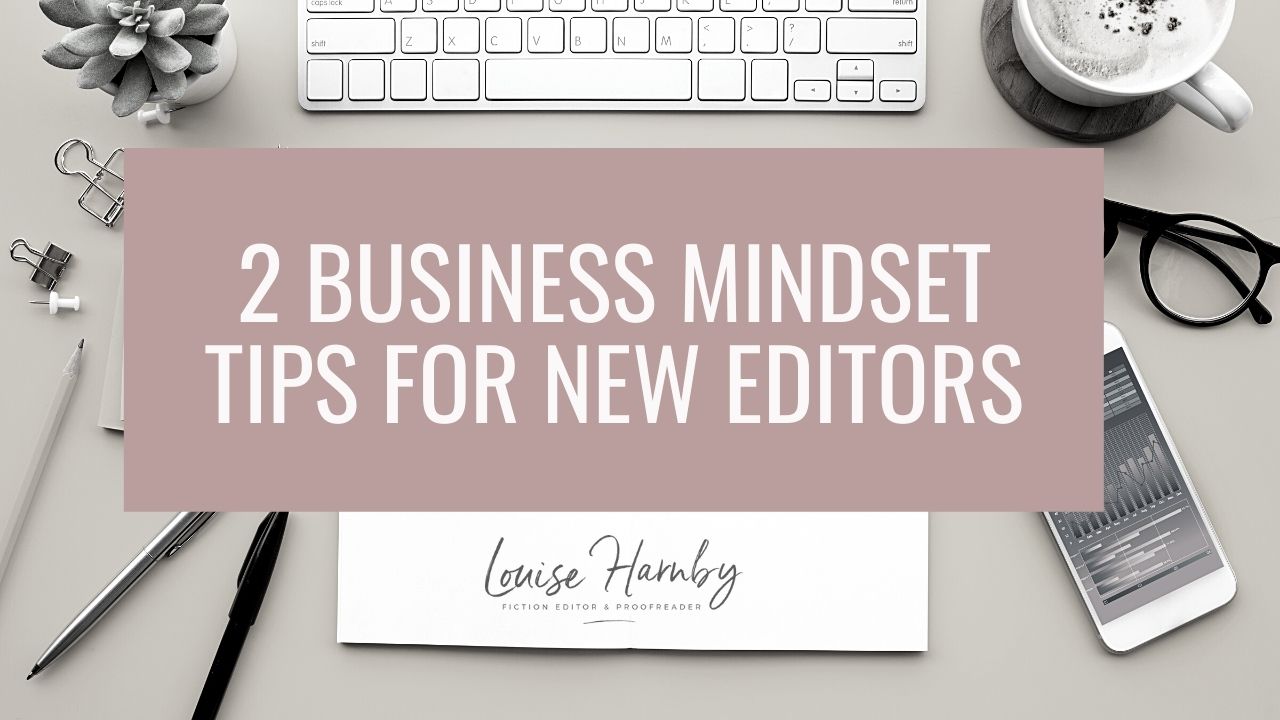
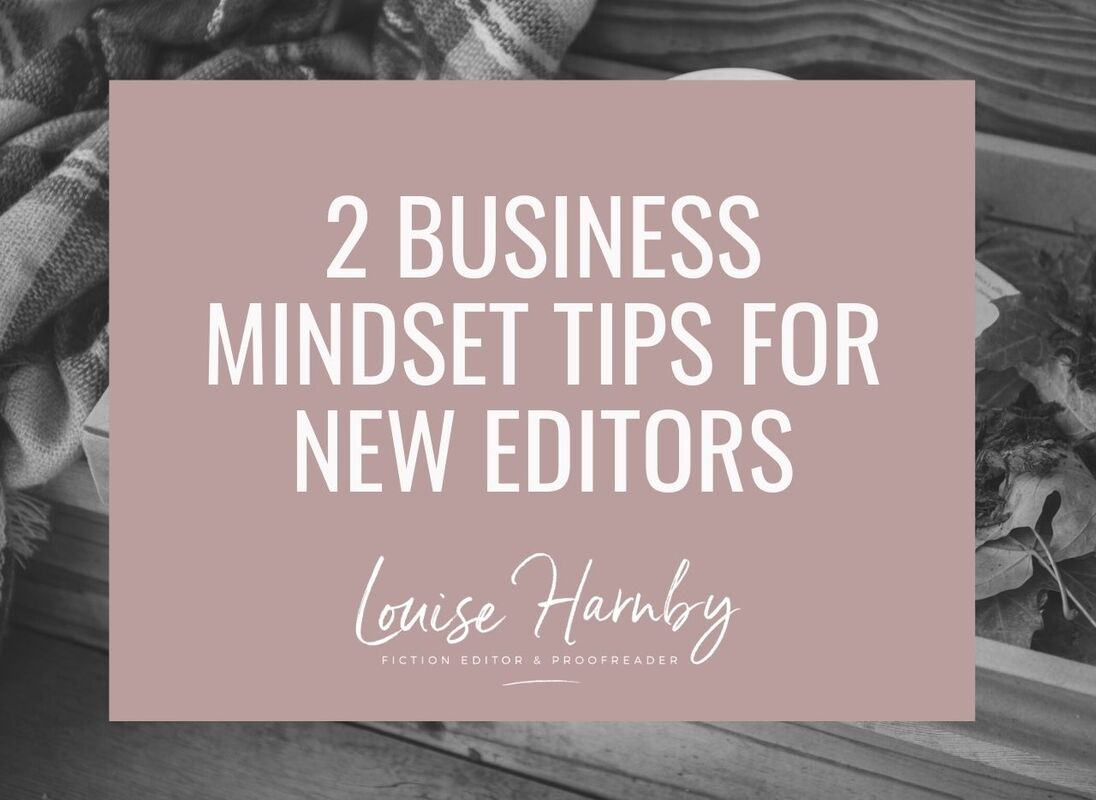

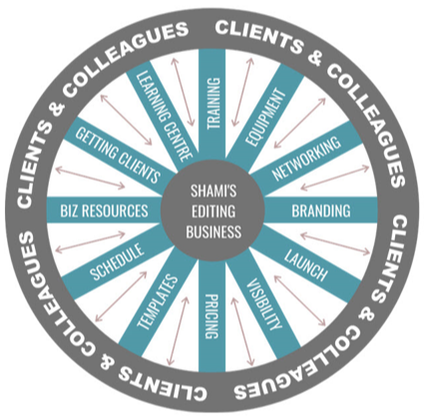


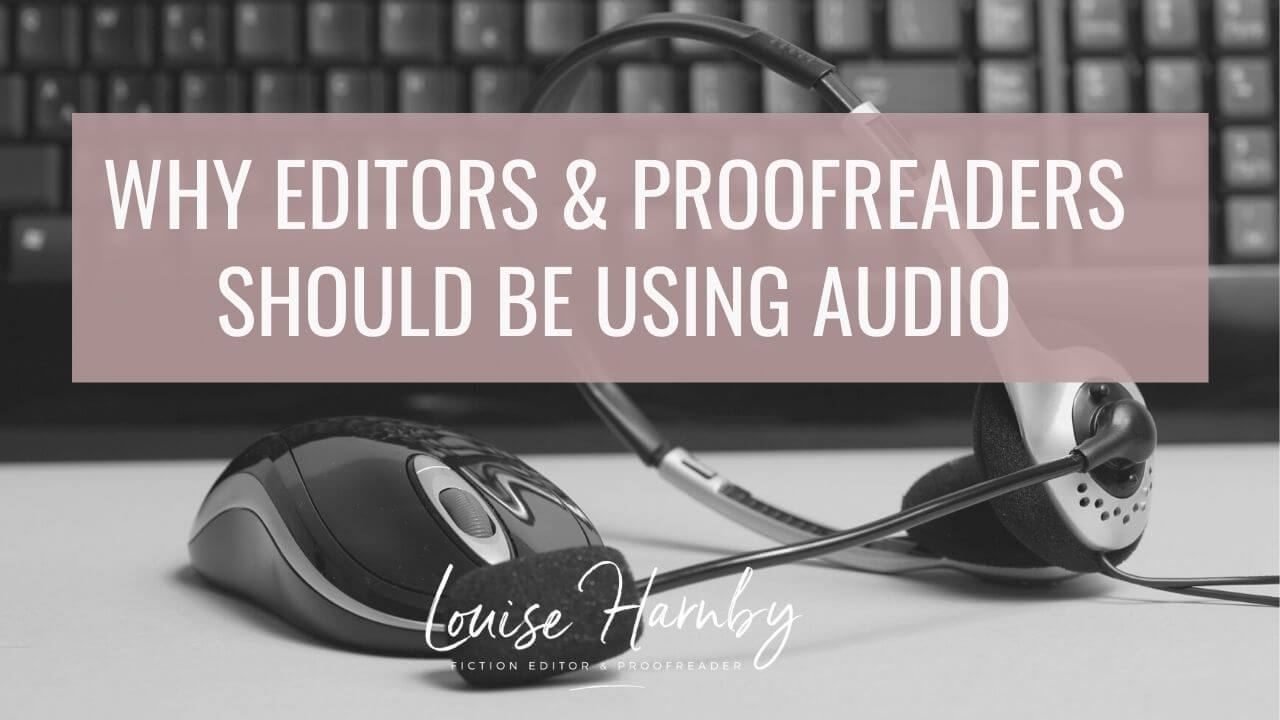
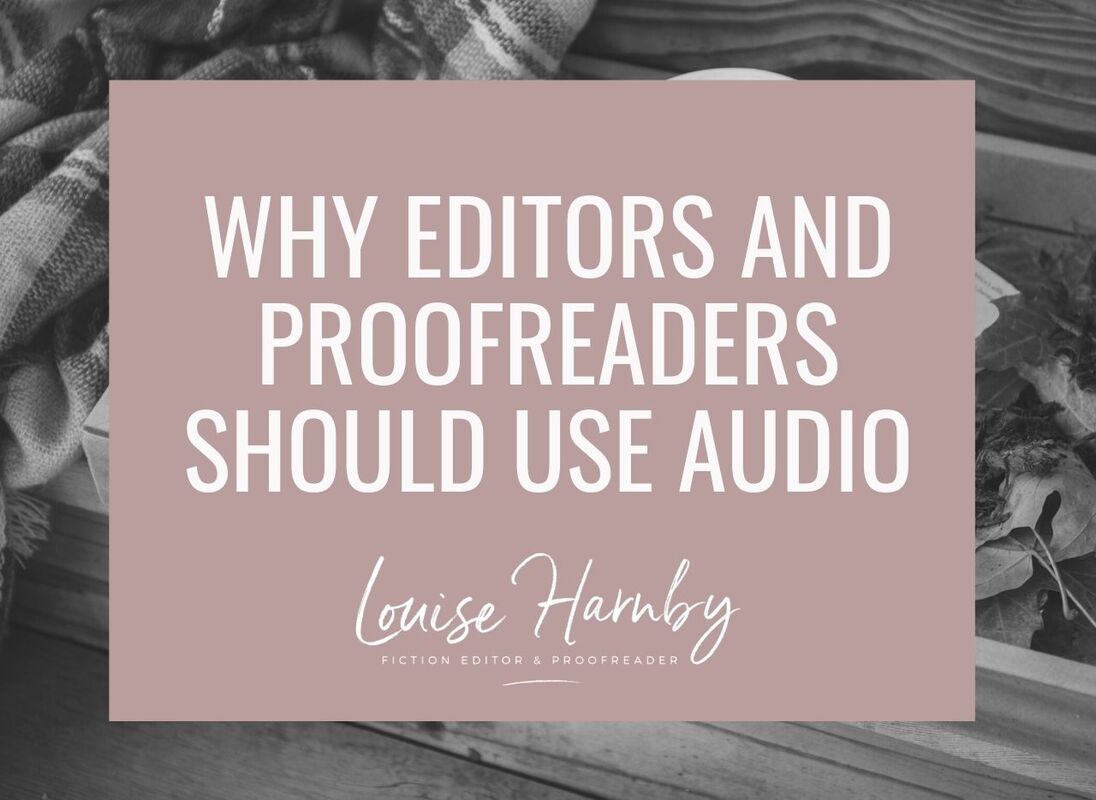

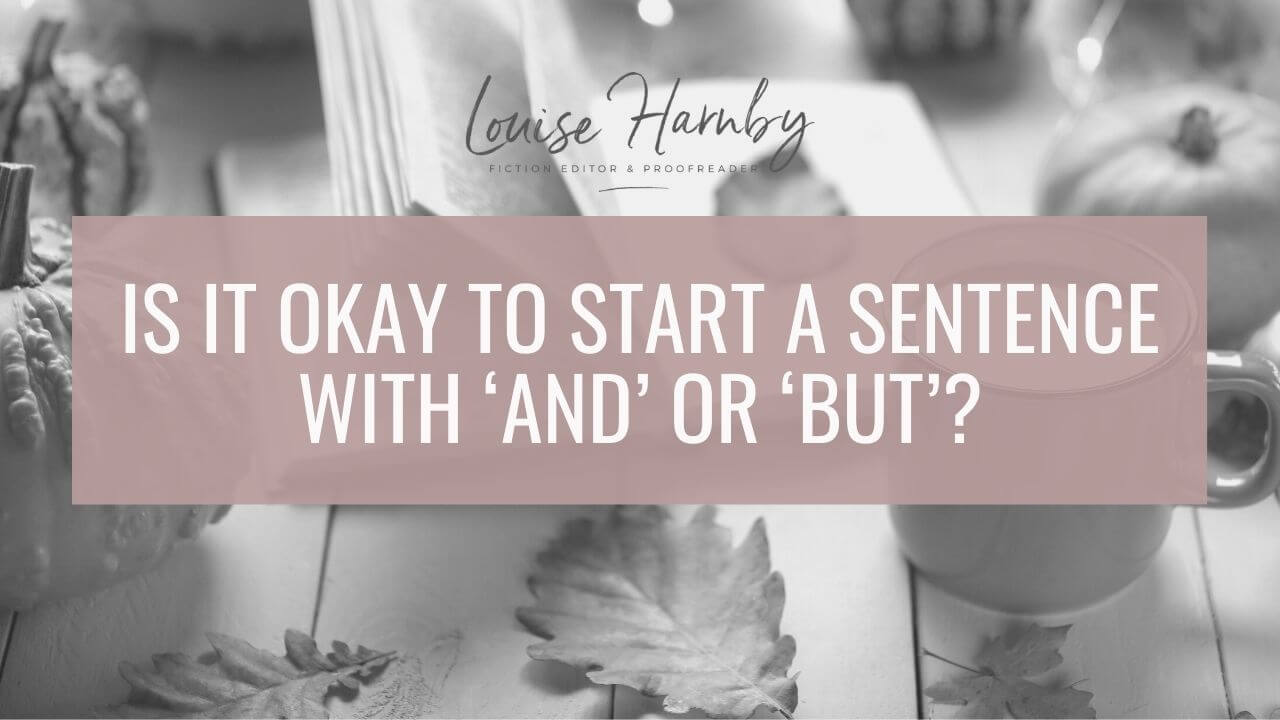
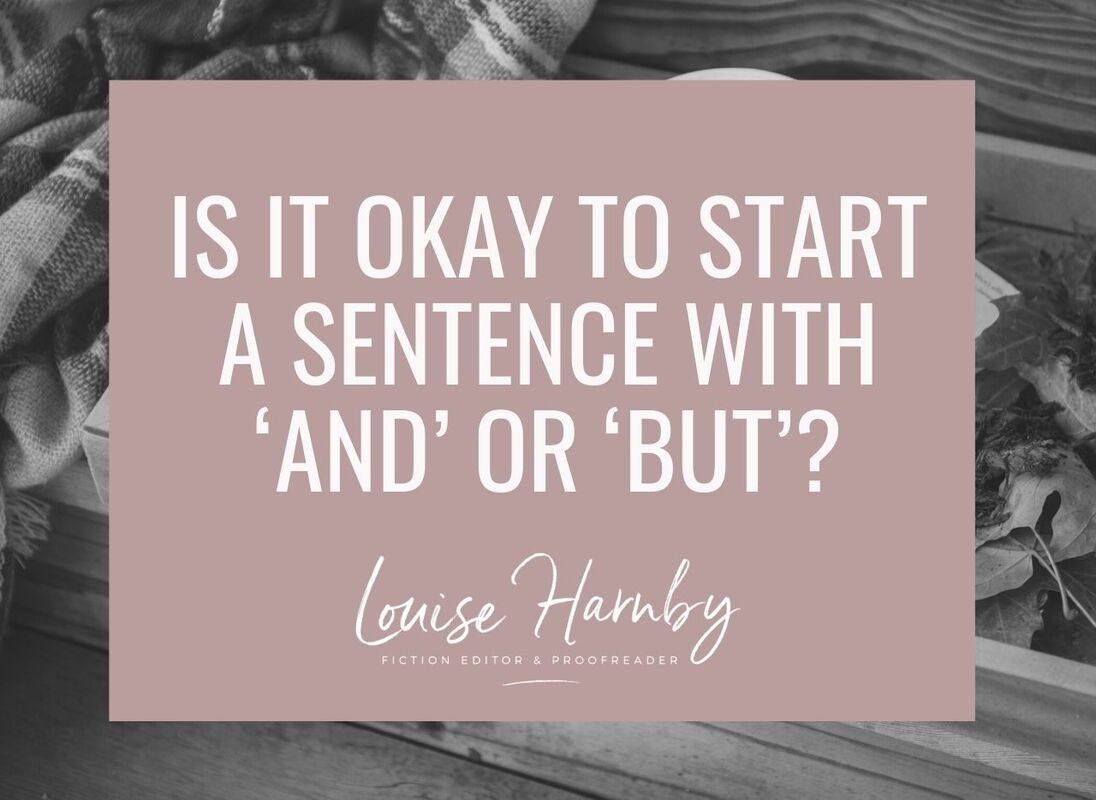





















 RSS Feed
RSS Feed





